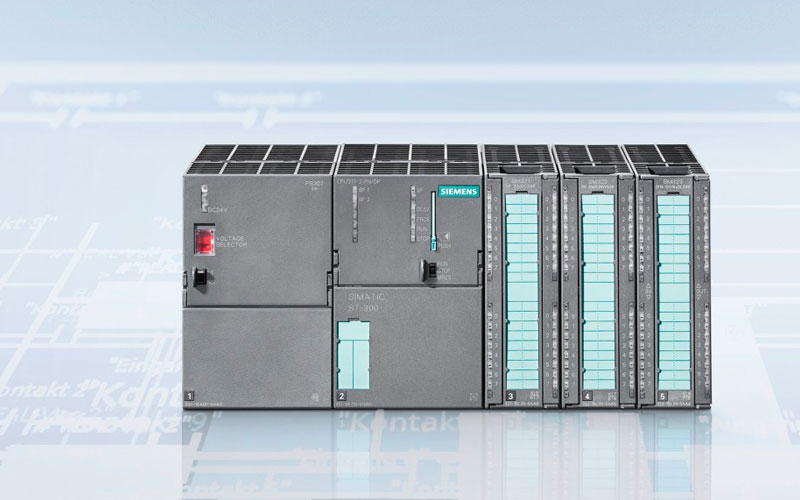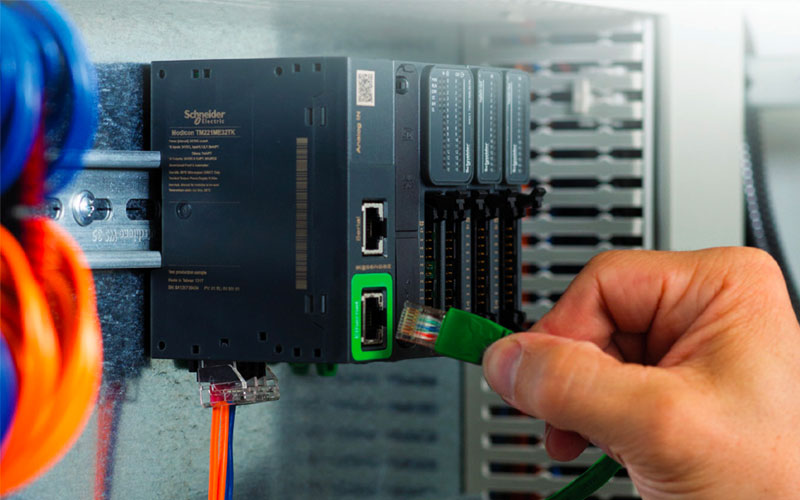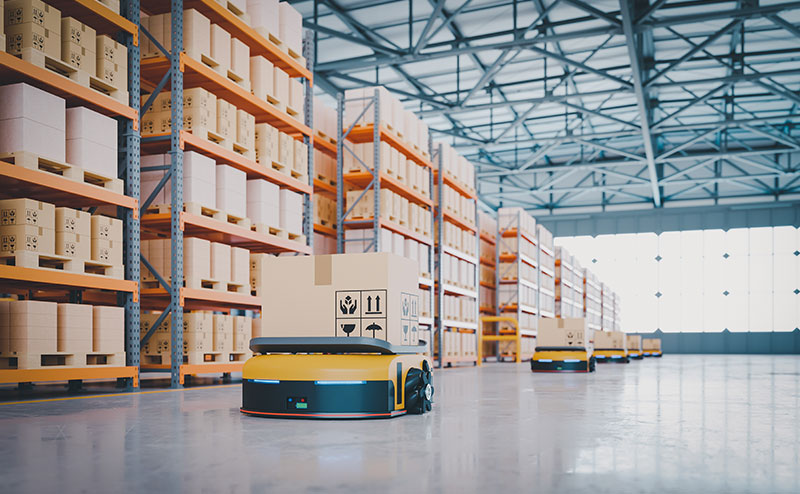What is a programmable logic controller?
A programmable logic controller, commonly known as a PLC, is a special computer designed and adapted for the automation and control of industrial processes.

You would typically find a PLC on the production line in industries such as pharmaceuticals, automotive and packaging.
At its core, a PLC is made up of three components:
Inputs
- Inputs receive data coming from external sources.
- A PLC could have one or many inputs.
- Example input sources include sensors, PLCs and buttons.
Central Processing Unit (CPU)
- The PLC's main computer.
- Typically loaded with bespoke or pre-packaged software.
- The CPU interprets input data and translates it into data and commands for the output devices.
Outputs
- Outputs send PLC data and commands to third-party devices.
- A PLC could have one or many outputs.
- An example output might be a motor, servo drive or robotic arm.
For example, a button (input) is pressed → the PLC's CPU interprets and translates the data → an AC motor (output) powers up.
However, this is a very simple example and PLCs are often used to perform more complex functions, such as monitoring the flow of water in a water treatment facility by working in unison with other hardware such as flow-sensors, variable-speed drives and AC motors.

Aside from allowing devices to communicate and control each other, PLCs are also great for reducing material waste, machine wear, maintenance and plant noise levels.
You might also implement a PLC if you are looking to meet your environmental goals, improve process throughput and reliability or introduce industry 4.0/IoT compatible devices into your processes.
At Foxmere we support, sell and repair PLC equipment for a number of key brands, including Siemens, Schneider and Allen-Bradley.
So, if you want to know more about PLCs or if you are simply looking to purchase, please contact one of our team members on +44 (0)1922 349 999.


